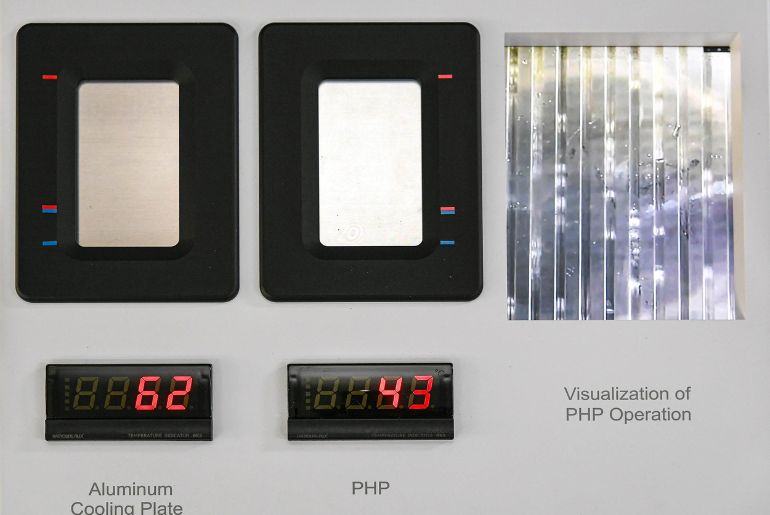In order to avoid battery overheating while charging electric vehicles at extremely high speeds, Hyundai Mobis has revealed that it has created a novel cooling material for battery cells. To increase its competitiveness in the next mobility sector, the company wants to acquire this revolutionary battery cooling technology and bring it to market.
This substance, known as the “Pulsating Heat Pipe,” is positioned between battery cells to reduce the internal battery temperature that rises during rapid charging. It is made of aluminum alloy and refrigerant. By putting in place a reliable thermal management system that can handle the heat, it is anticipated that ultra-fast charging can drastically cut down on the amount of time needed to charge electric vehicles, even as battery heat generation increases.
Heat pipes are high-heat-dissipation materials used to cool electronic devices like computer CPUs and cellphones. They are metal tubes that improve the efficiency of heat transfer between two items.
Battery management systems (BMS), cooling fans, and other electronic equipment are typically added to numerous battery modules (BMA) to create battery systems (BSA). Optimizing the cooling structure is crucial to preventing battery cell overheating in BMA, a module-level component that directly generates electrical energy and has several battery cells stacked. PHPs were successfully positioned between each battery cell by Hyundai Mobis. They stabilized the internal temperature at the module level by swiftly transferring the heat produced in each cell to cooling blocks.
According to Hyundai Mobis, it used a press technology that simplified the PHP manufacturing process and decreased production costs by permitting large-scale continuous production during the manufacturing stage. It also achieved PHPs with a thickness of only 0.8mm, which is much smaller and has a bigger area than traditional heat pipes (about 6mm) to make mounting on vehicle batteries easier. The goal of this improvement in product quality is to encourage the use of electric vehicles.

